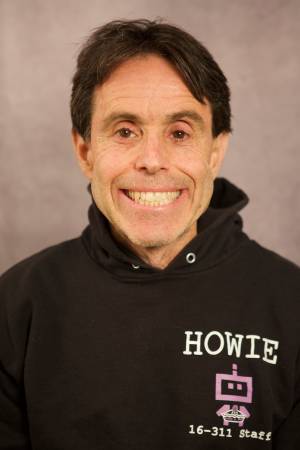Today the programming of a spray painting robot by a paint application specialist requires three to five months. This process requires so much time because the application specialist essentially prescribes a sequence of way points, one point at a time, for the robot to follow. These way points describe a path that completely covers the car body while attempting to ensure uniform paint thickness; such a task is very difficult for a person to do and today paint specialists have no sufficient software tools to assist in the program phase — everything is done manually. The first goal of this work is to automate the programming process allowing the paint specialist to finish significantly quicker while at the same time allowing the application specialist to focus on higher level issues.
We have already developed complete coverage strategies for planar spaces. Complete coverage for car painting is challenging because we are covering a two-dimensional surface (non-Euclidean) embedded in a three-dimensional space. In fact, to cover the target surface, the robot does not explicitly pass through it. Instead, the robot passes through an “offset” surface that is a fixed distance away from the target. The difficulty in covering the target surface increases since determining and covering the offset surface itself poses several problems.
Today’s car market also demands constant uniform paint thickness on the auto bodies. Even in the planar case, ensuring “uniform” coverage can be challenging when considering a simple deposition model like a circle. This problem gets more complicated when we consider the two-dimensional surfaces embedded in three dimensions because curvature and tangent discontinuities have an effect on deposition.
Reduction in waste of the paint and in the cycle time are some other features that we are interested in. We shall also explore aspects like the use of multiple robots and determination of their interaction, and the kinematics and dynamics of the painting robot.
current head
current contact
past staff
- Prasad Atkar
- David C Conner
- Alfred Rizzi
